Forgotten Ezidi Photos From 1930s Discovered in U.S. Museum
A set of nearly 300 forgotten photographs taken in northern Iraq during the 1930s has been rediscovered in the archives of the University of Pennsylvania Museum of Archaeology and Anthropology. The photos capture everyday life, cultural traditions, and sacred spaces of the Ezidis, one of Iraq’s most ancient peoples.
The photographs were originally taken by archaeologists working on excavations in Mesopotamia. While their main focus was ancient civilizations, they also documented the Ezidi people they encountered in towns and villages near Sinjar and Mosul. For decades, the photos remained largely unnoticed, scattered among thousands of excavation images.
It wasn’t until 2022 that a doctoral student at the University of Pennsylvania Museum of Archaeology and Anthropology in Philadelphia stumbled across a photograph of an Ezidi shrine—one that had been destroyed by ISIS during its campaign of terror. This discovery sparked a larger search, leading to the assembly of a visual archive that today provides a unique record of Ezidi life before persecution and displacement reshaped the community.
Memory Against Erasure
The Ezidis endured systematic attacks by ISIS in 2014, which the United Nations has recognized as genocide. Thousands were killed, women and children were enslaved, and countless families were driven into exile. Religious sites, shrines, and cultural landmarks were deliberately destroyed in an attempt to erase Ezidi identity.
Against this backdrop, the photographs carry a profound weight. They preserve images of Ezidi shrines, weddings, and daily life—moments that extremists tried to eliminate not only physically but also from memory. In this way, the collection itself becomes a form of resistance, safeguarding heritage that was nearly lost.
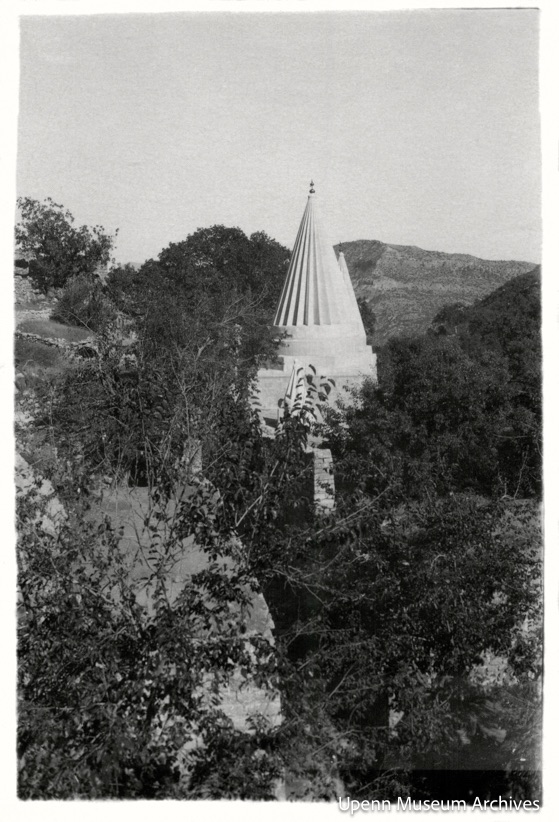
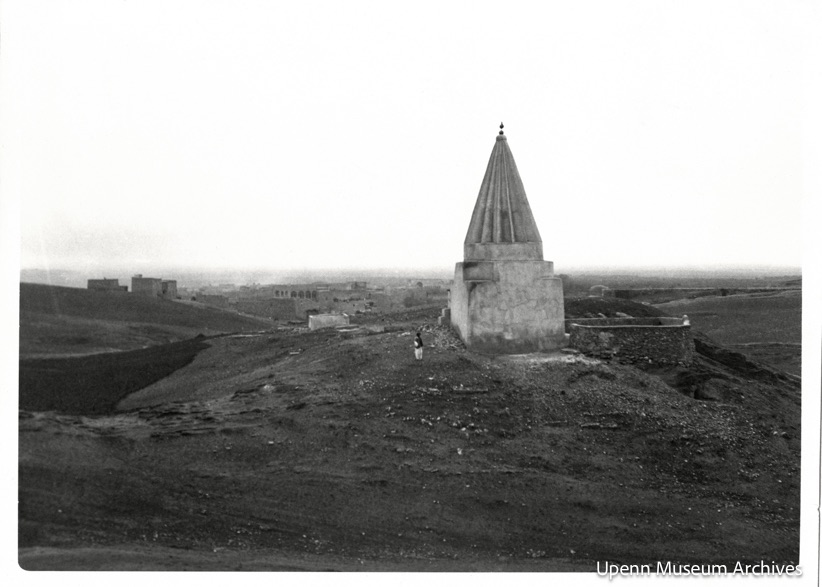
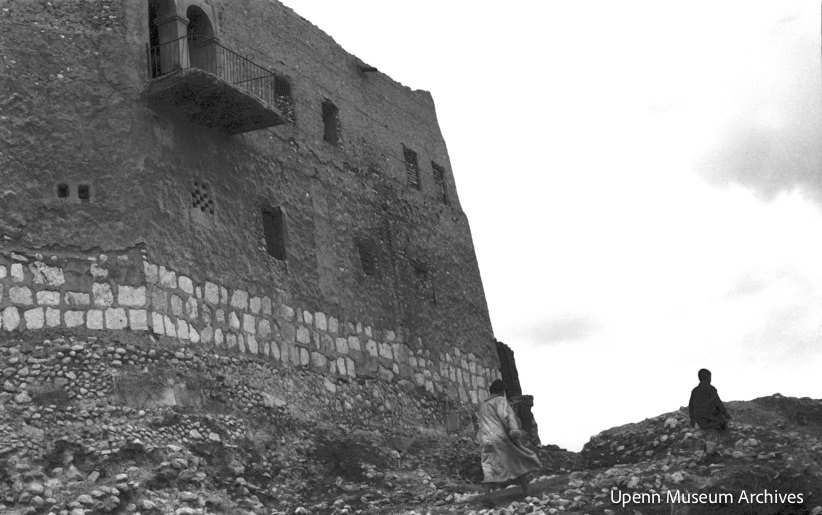
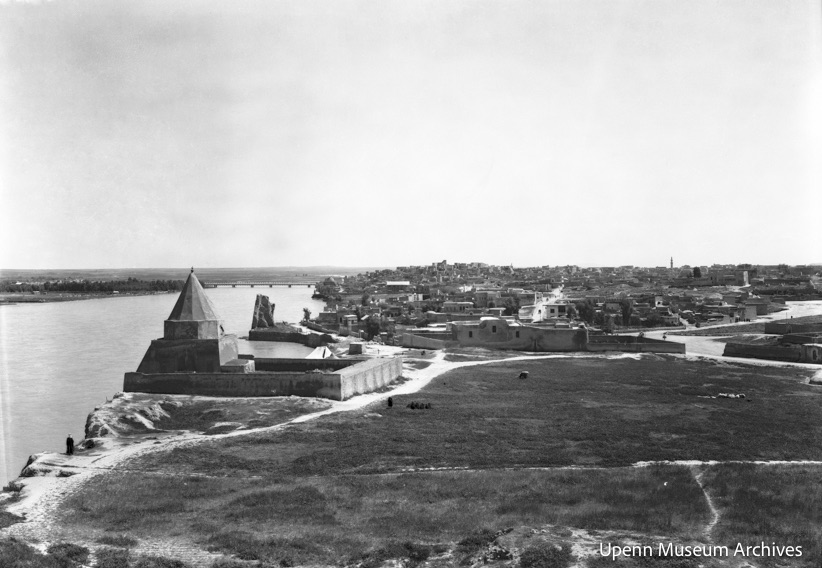
The photos are openly available for the public through the Open Museum Archives and they can be accessed here.
A Living Archive
The visual archive has since been shared through exhibitions in Iraq and abroad. One of the first displays took place in April, coinciding with the Ezidi New Year. Remarkably, some of the photographs were shown outdoors in the very landscapes they had documented almost a century earlier, creating a bridge between past and present.
The collection has also been digitized to reach the Ezidi diaspora, many of whom were displaced after 2014. For families who lost their personal photographs, wedding albums, and home videos in the chaos of war, these rediscovered images provide a rare and moving link to their roots.
The importance of this archive extends beyond remembrance of tragedy. The photographs portray Ezidis as they truly lived—celebrating, working, building families, and practicing Sharfadin, their ancient religion. In doing so, the archive challenges a narrow global perception that too often associates the Ezidi people only with suffering and persecution.
Locals who have seen the exhibits describe them as a way to reclaim dignity, reminding the world that the Ezidi people are not defined solely by the violence they have endured, but by a vibrant culture that has survived despite centuries of oppression.
Preserving the Past for the Future
While ISIS destroyed temples, villages, and cultural landmarks, these photographs survived in museum drawers thousands of miles away. Today, they are more than just images from the past—they are pieces of a cultural memory that help the Ezidi people protect and rebuild their identity for generations to come.
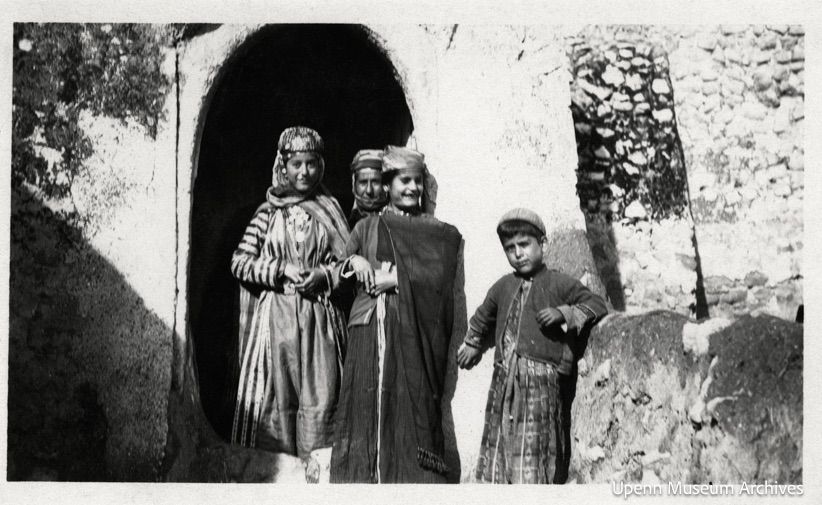
The rediscovered archive shows what extremists tried but failed to erase: that the Ezidi people have deep roots, a rich history, and an enduring presence in Iraq and across the world.
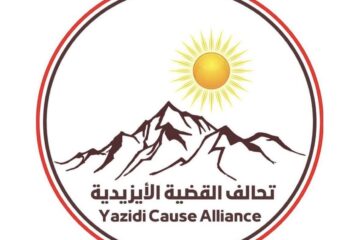
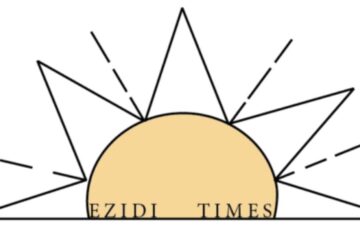
0 Comments